Treflo
Rough_Rock
- Joined
- Mar 9, 2024
- Messages
- 30
Newbie here with my first post! I came across this little pre-owned loose gem (0.6 ct., ~5mm across and 4.9mm top-bottom) and the color nearly stopped my heart. I'm having it sent out to GIA for a cert, but a G.G. gemologist believes it's a natural ruby. While I'm waiting for the certification, I'm having fun imagining how I might set it. I started out assuming it would be best as a pendant stone -- it's tiny, especially compared to some of the amazing pieces on this forum! -- but I'd be able to see it so much better on a ring. What would you do: pendant or ring? (My hands and fingers are average-sized and square, and dainty rings don't normally look great on me. I wear necklaces often. But if it's in a ring, I could stare at it all day! ... )
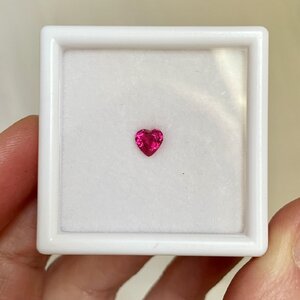
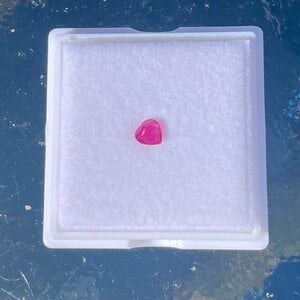
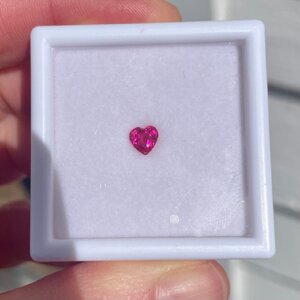
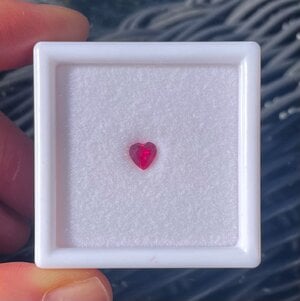




Last edited:

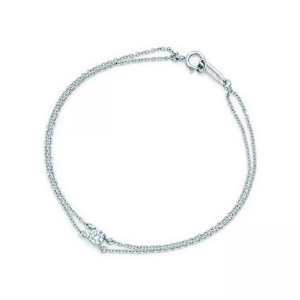
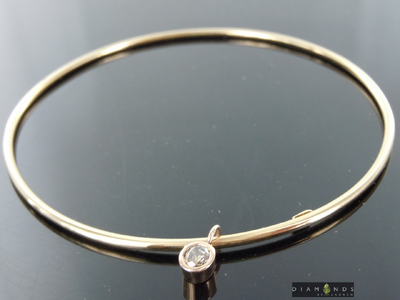
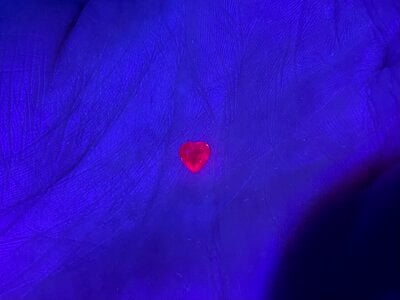
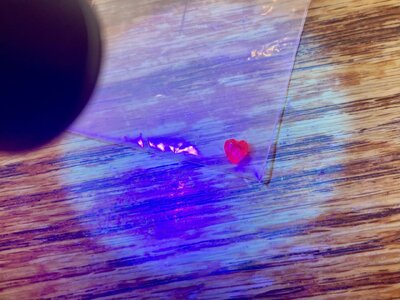
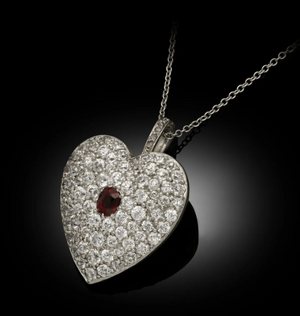
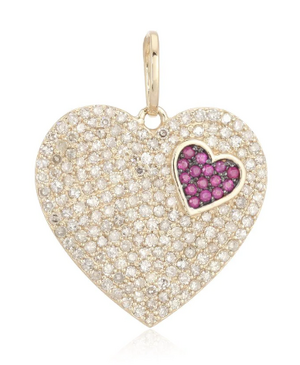

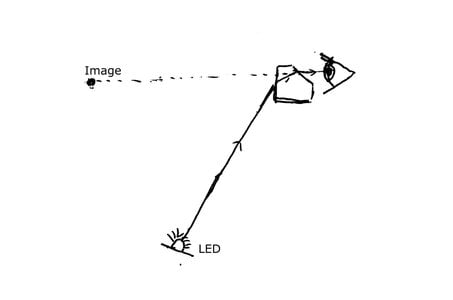
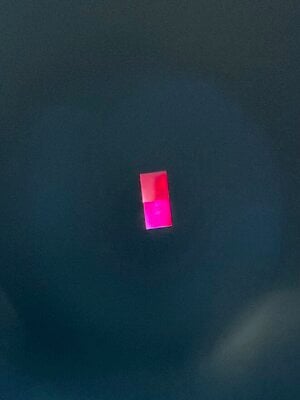
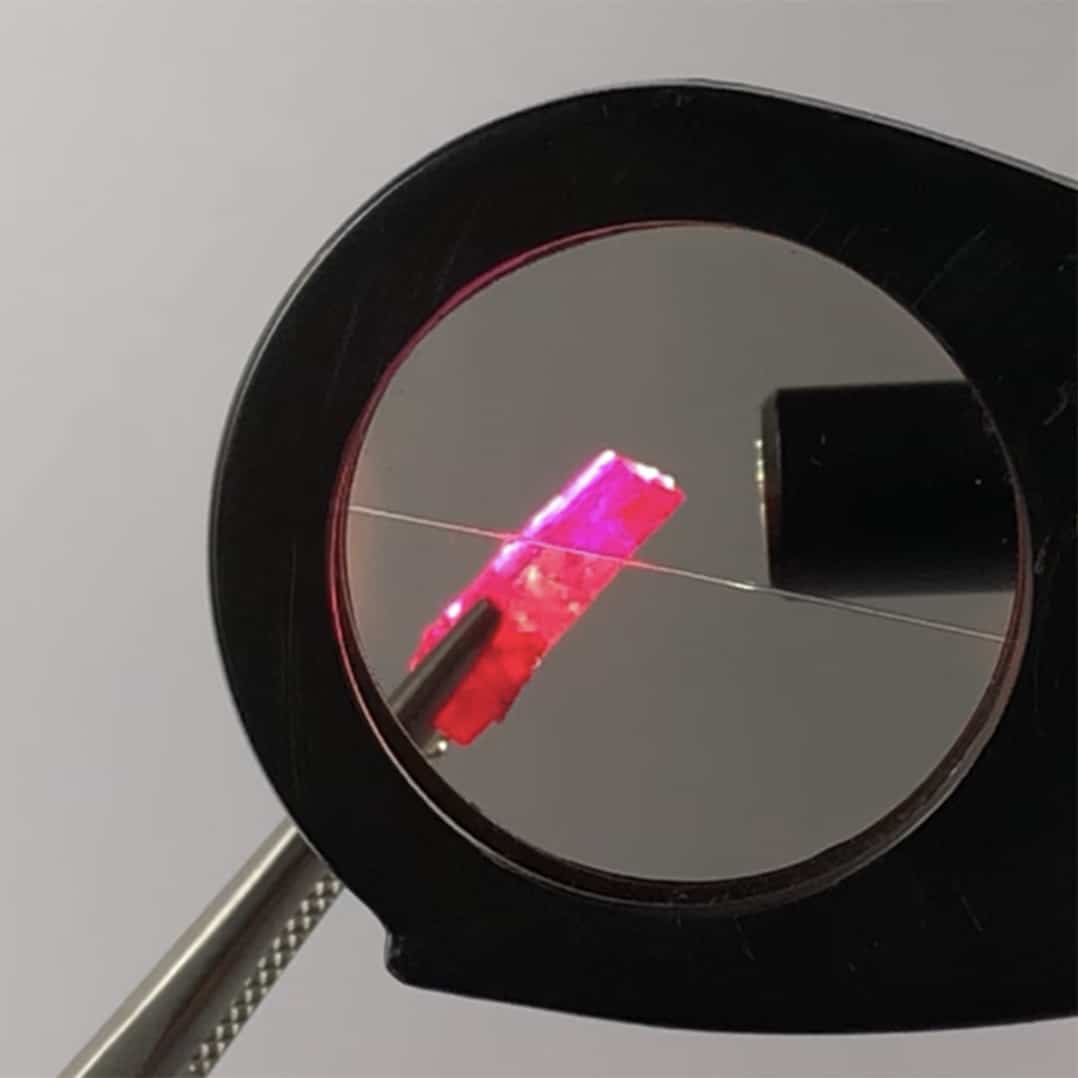


300x240.png)